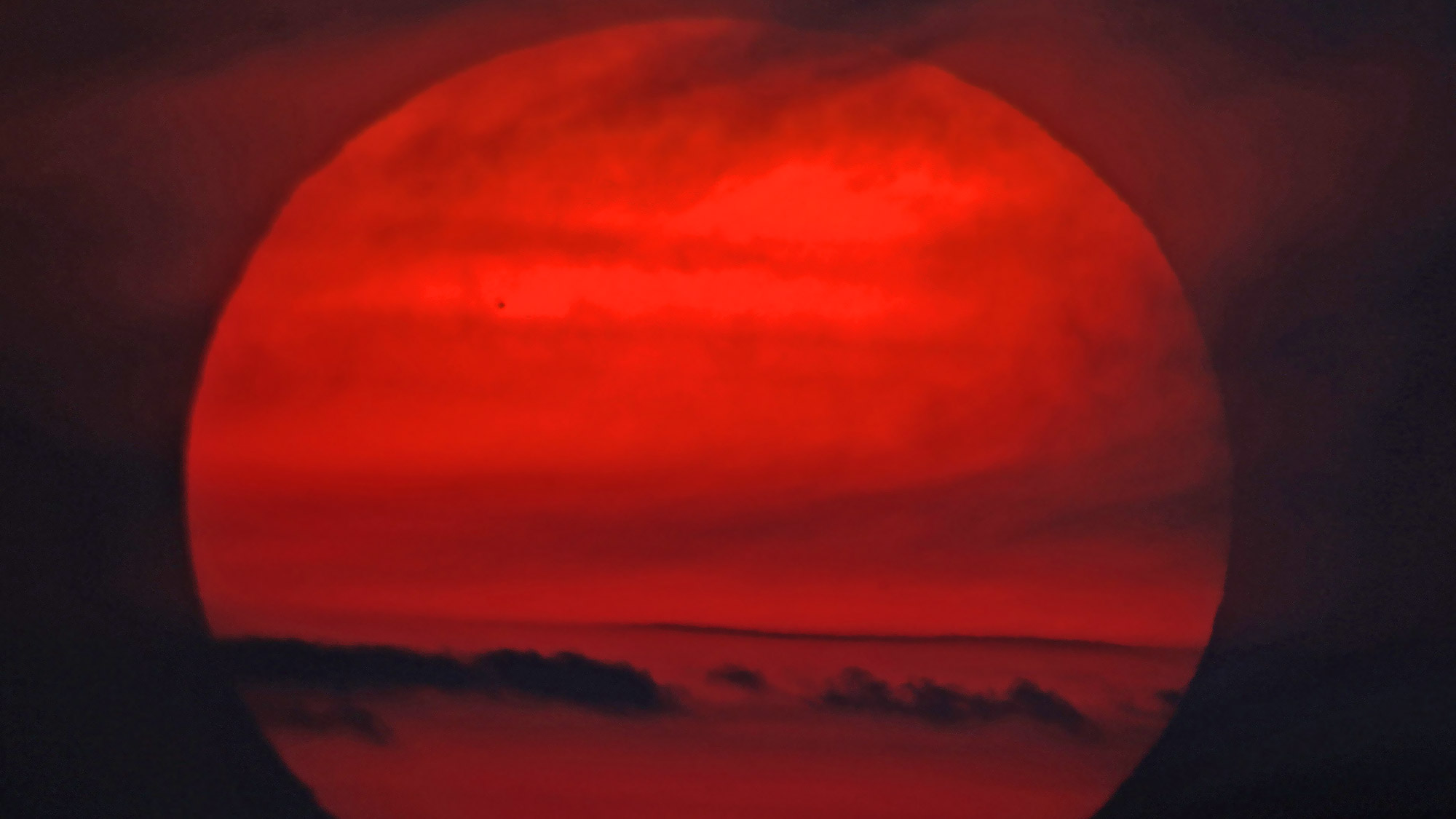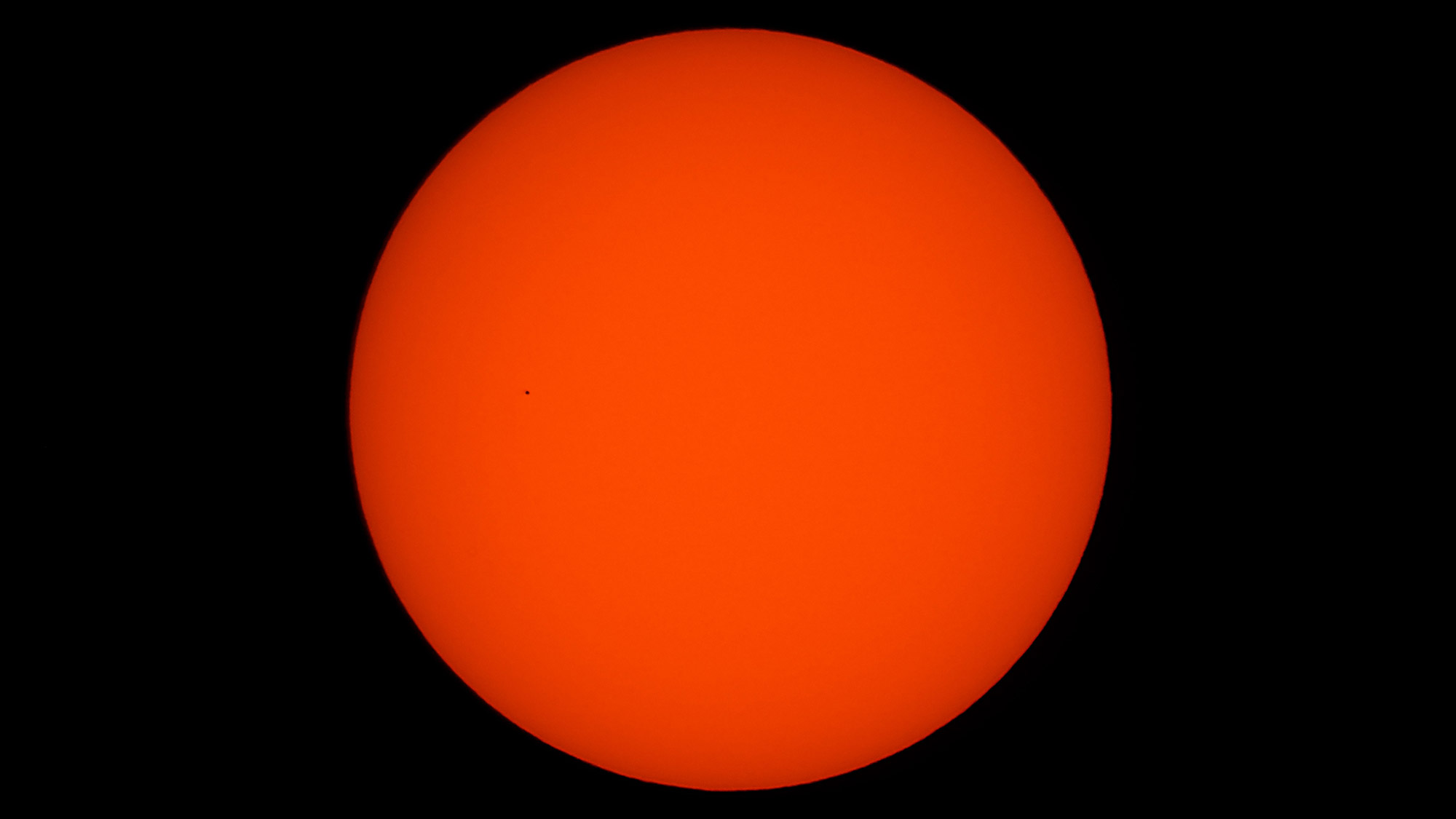The Mercury Transit of 2019 in Photos! The Best Views Until 2032
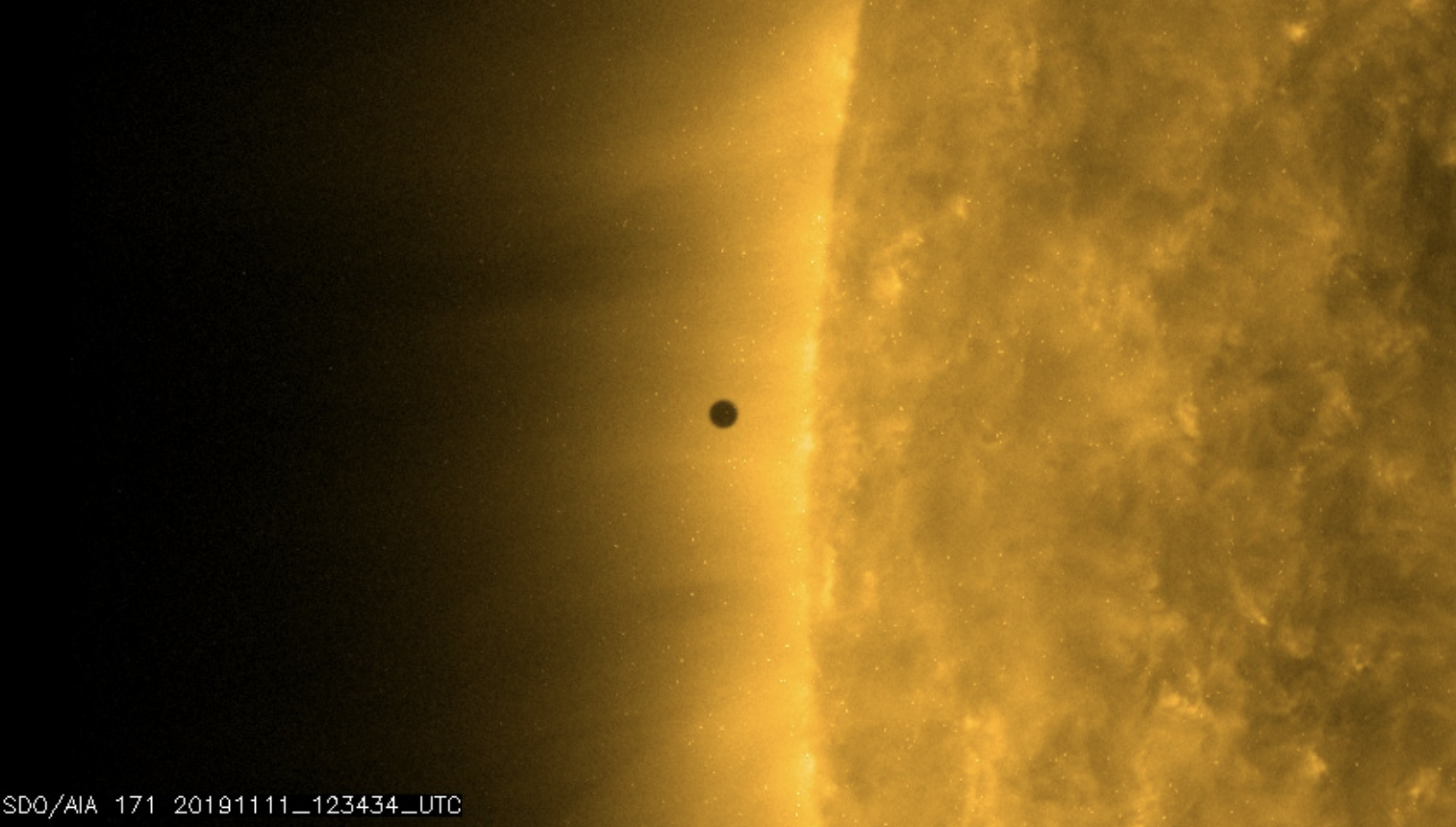
On Nov. 11, 2019, the planet Mercury crossed the face of the sun in a rare Mercury transit. See amazing photos of the transit, the last until 2032, from NASA and around the world!
This image, from NASA's Solar Dynamics Observatory, shows Mercury as a small black dot as it approaches the left edge (or limb) of the sun to begin the transit.

The Helioseismic and Magnetic Imager instrument on board NASA's Solar Dynamics Observatory satellite captured this image near the beginning of the transit.

NASA photographer Bill Ingalls captured this stunning shot of the Mercury transit on Nov. 11, 2019, from Washington, D.C.

Instruments onboard NASA's Solar Dynamics Observatory study the sun in a range of different wavelengths to learn more about the star. This image of the transit of Mercury was captured by the satellite's Atmospheric Imaging Assembly instrument.
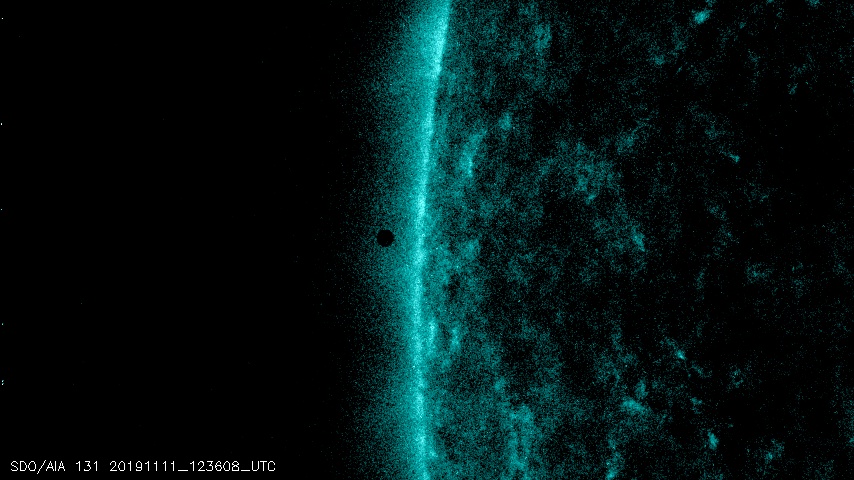
Another view from the Atmospheric Imaging Assembly instrument on NASA's Solar Dynamics Observatory shows Mercury approaching the sun's disk on Nov. 11, 2019.

Here's a look at the timeline for the Nov. 11, 2019 transit of Mercury. The event began at 7:35 a.m. EDT (1235 GMT) and lasted 5.5 hours.
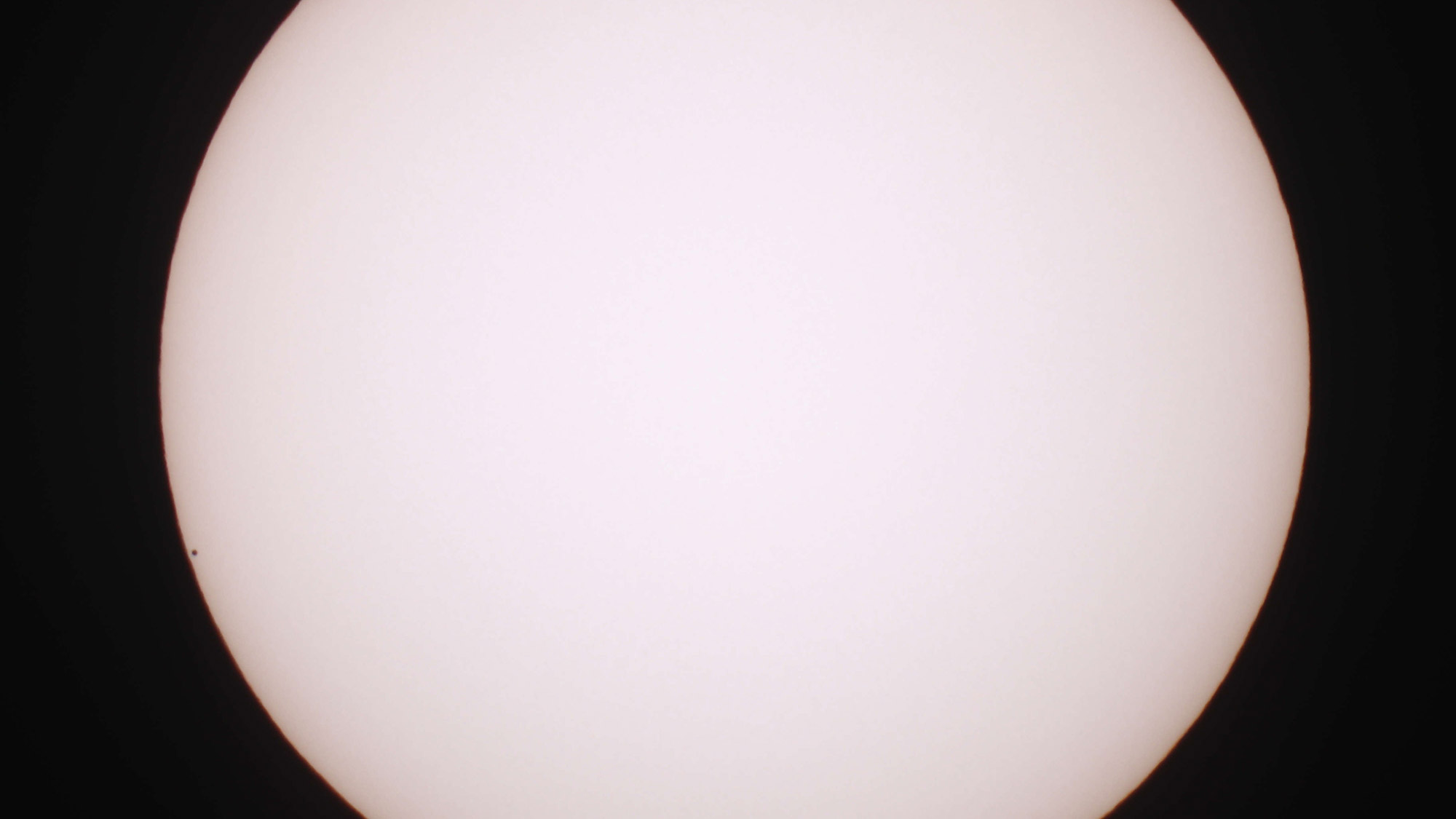
The Nov. 11, 2019, transit of Mercury as seen from the Black Sea town of Varna near the Bulgarian capital.
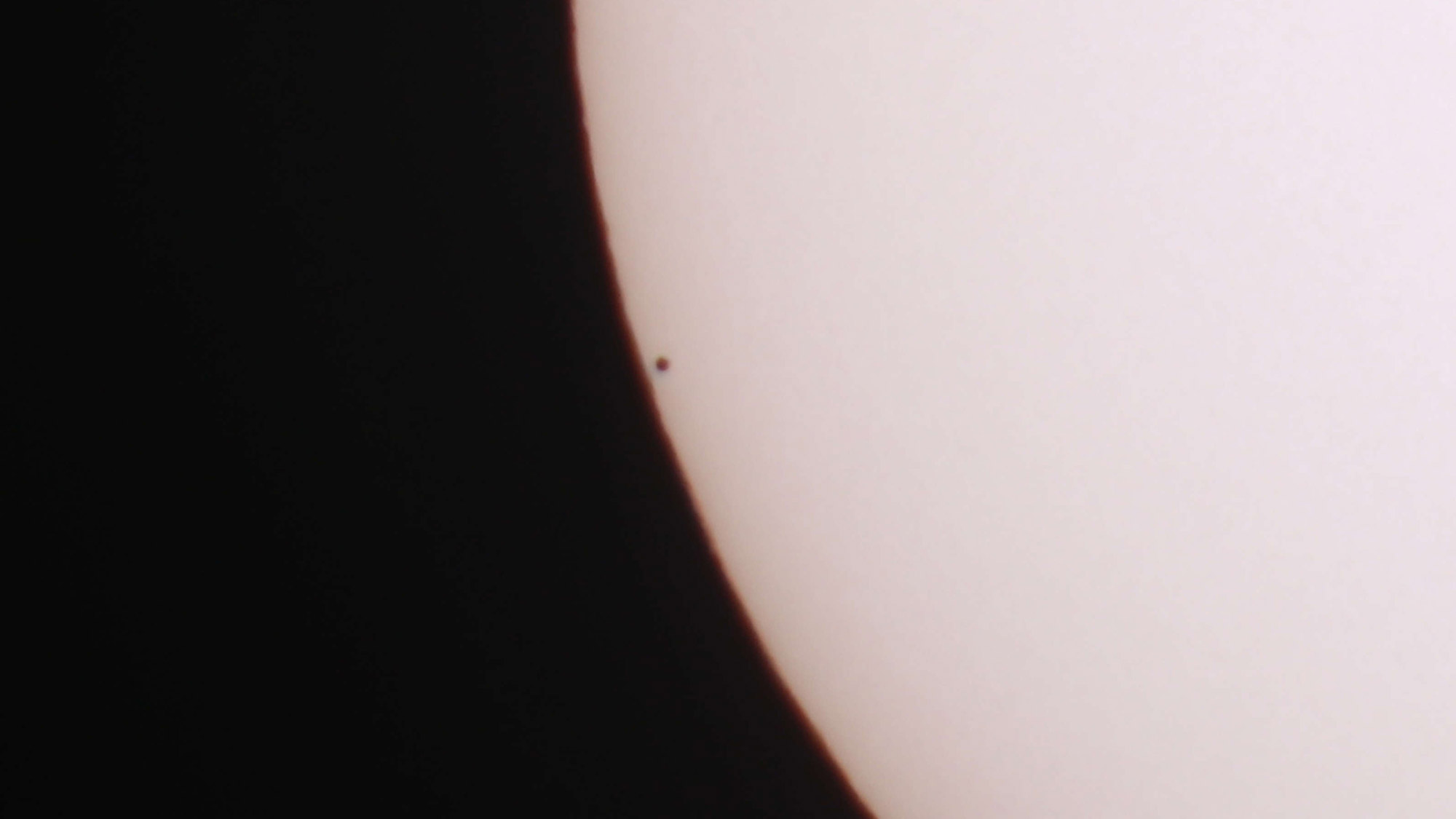
The Nov. 11, 2019, transit of Mercury as seen from the Black Sea town of Varna near the Bulgarian capital.
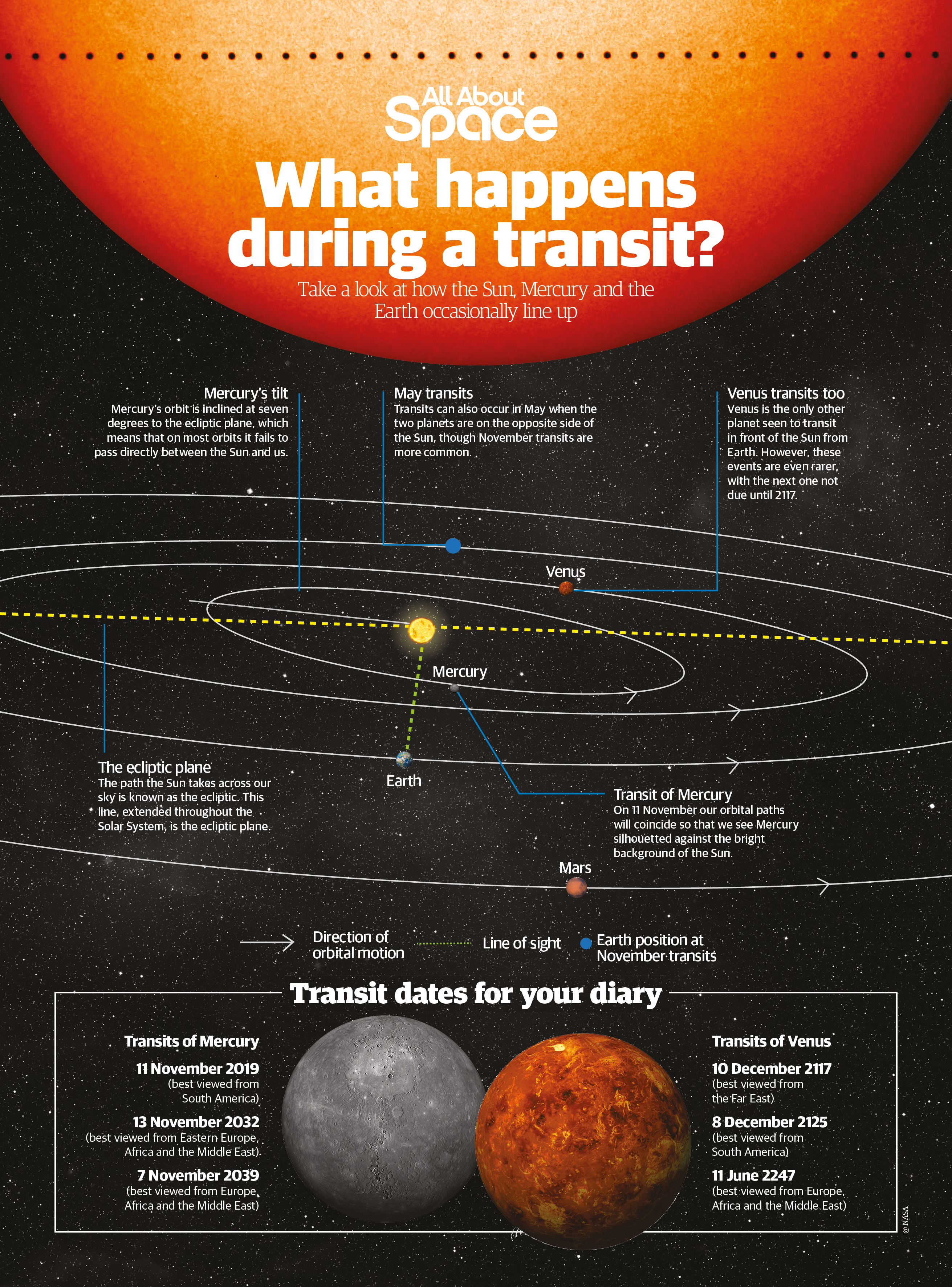
Mercury transits are rare celestial events. Here's a look at how they happen and why from Space.com's sister publication All About Space magazine.
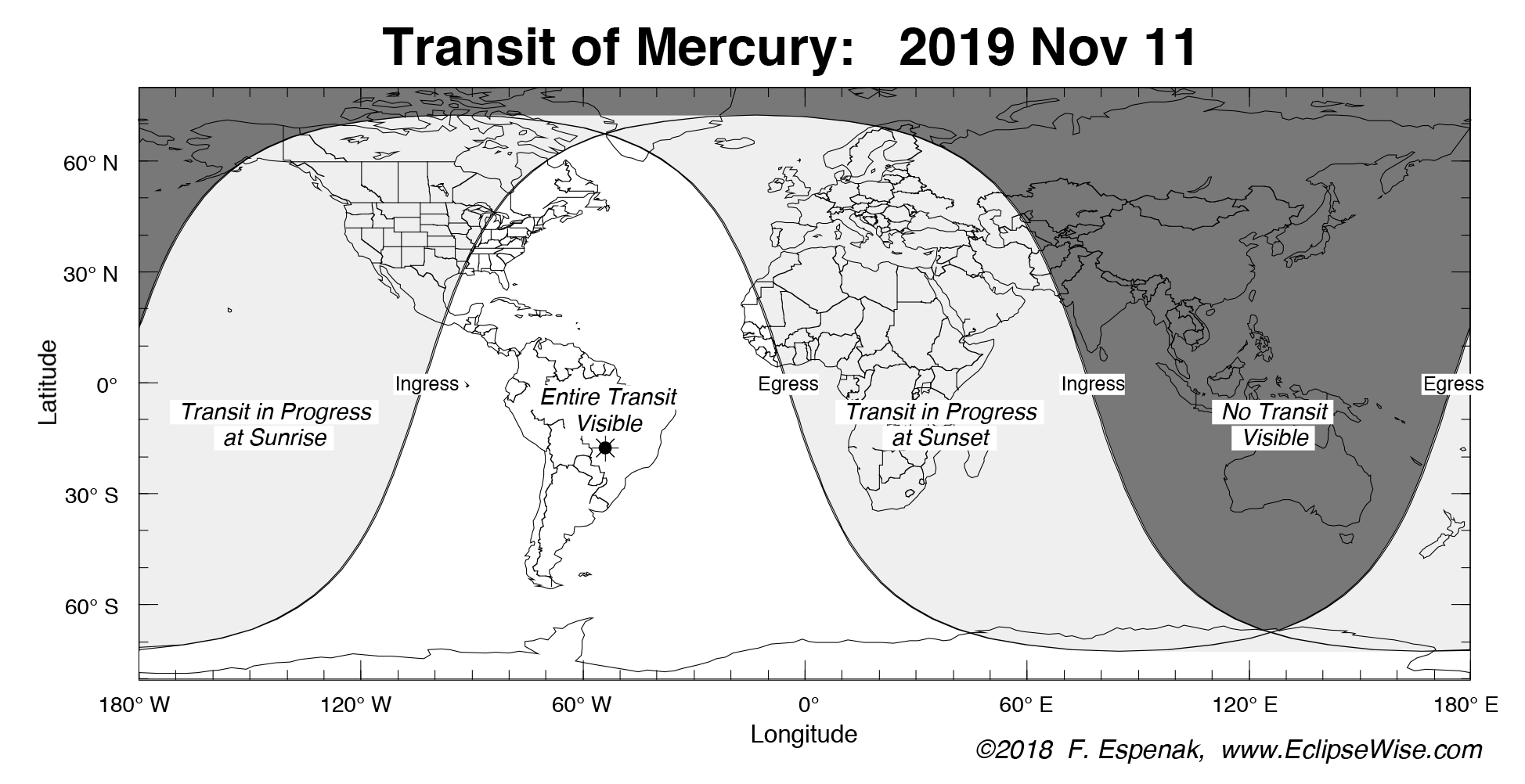
NASA's eclipse guru Fred Espenak created this transit visibility map for the 2019 Mercury transit. The phases of visibility are clearly labeled.

This NASA chart shows the wide visibility range for the 2019 Mercury Transit. For most of North America, the entire event was visible, weather permitting.
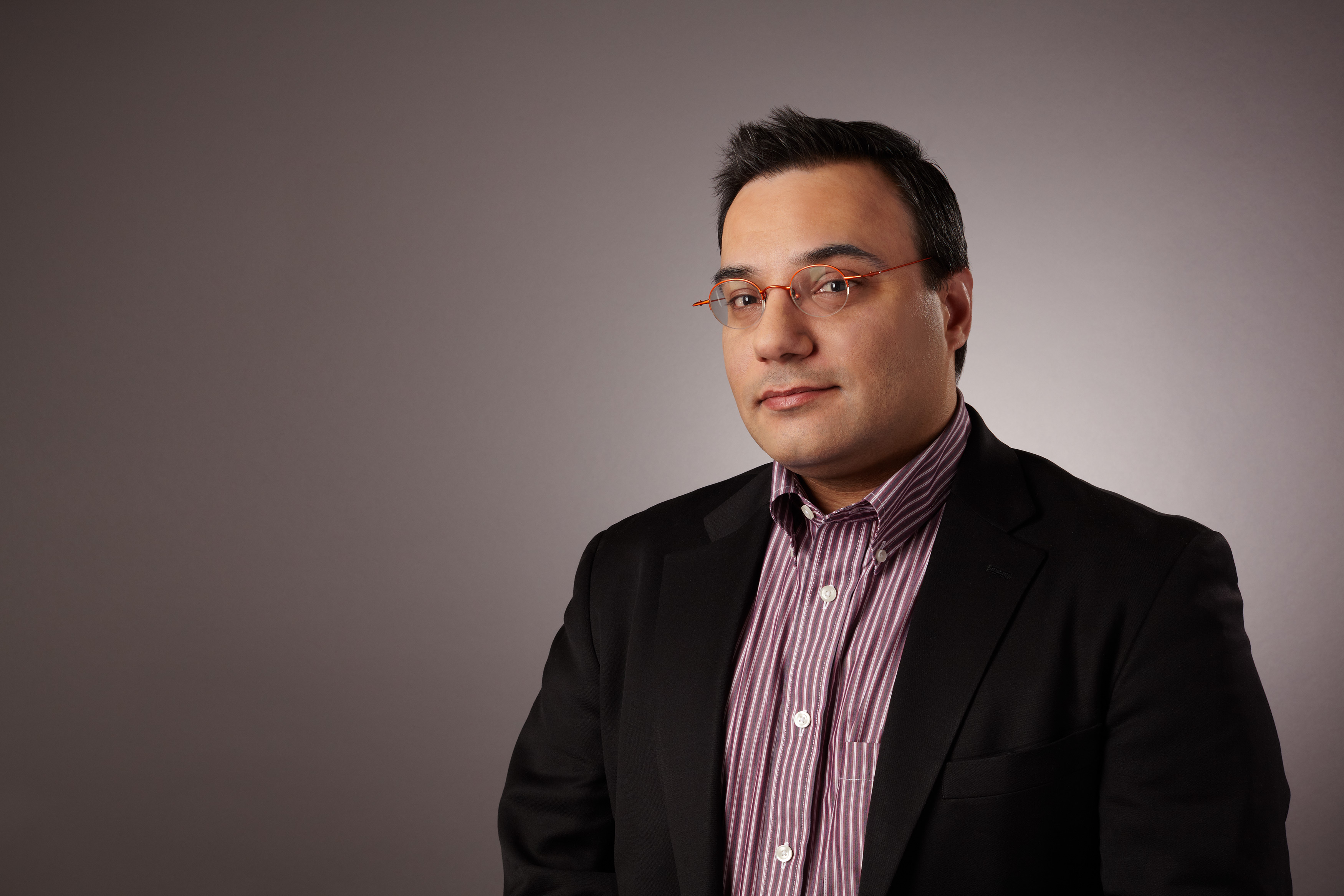
Tariq is the award-winning Editor-in-Chief of Space.com and joined the team in 2001. He covers human spaceflight, as well as skywatching and entertainment. He became Space.com's Editor-in-Chief in 2019. Before joining Space.com, Tariq was a staff reporter for The Los Angeles Times covering education and city beats in La Habra, Fullerton and Huntington Beach. He's a recipient of the 2022 Harry Kolcum Award for excellence in space reporting and the 2025 Space Pioneer Award from the National Space Society. He is an Eagle Scout and Space Camp alum with journalism degrees from the USC and NYU. You can find Tariq at Space.com and as the co-host to the This Week In Space podcast on the TWiT network. To see his latest project, you can follow Tariq on Twitter @tariqjmalik.

